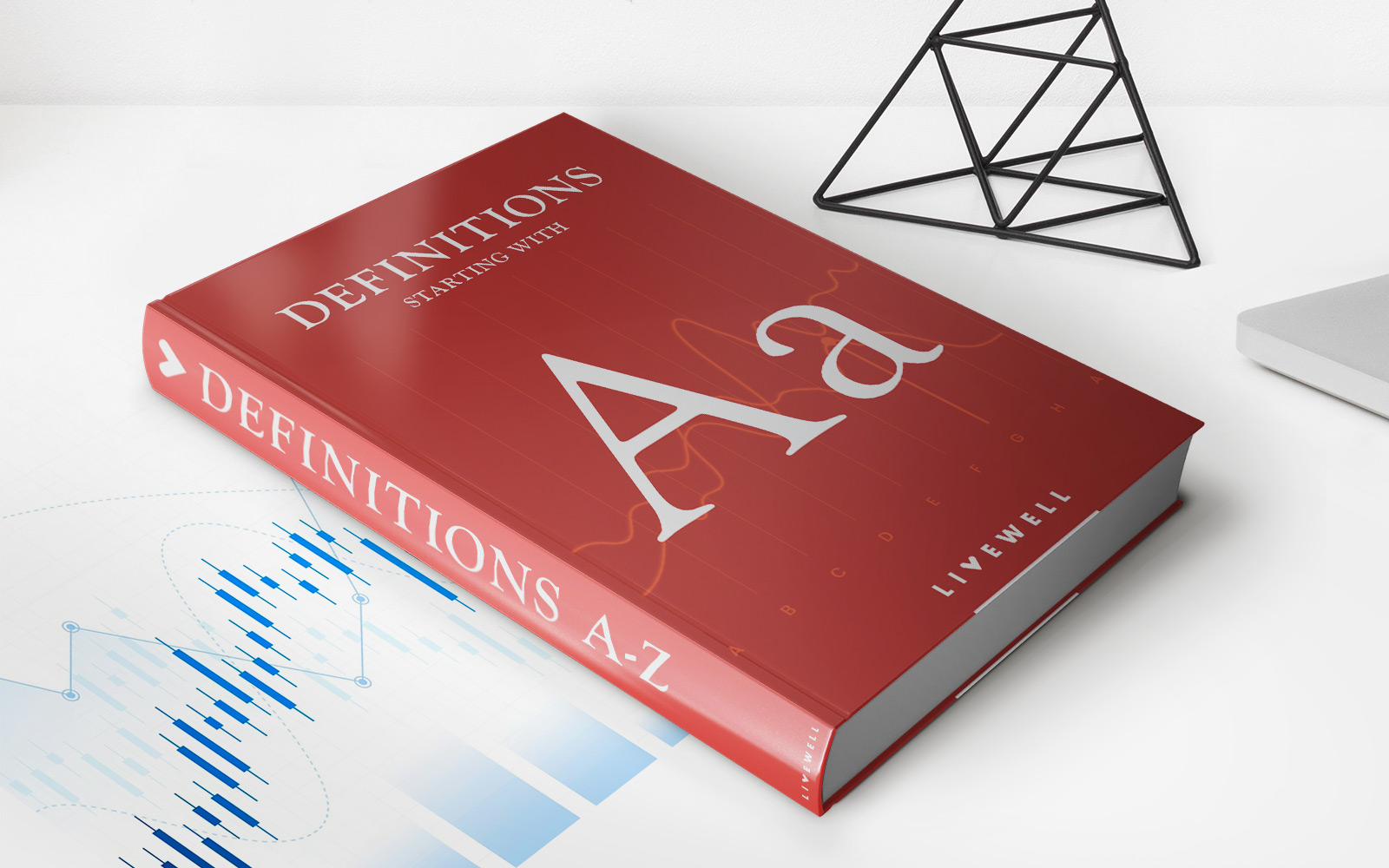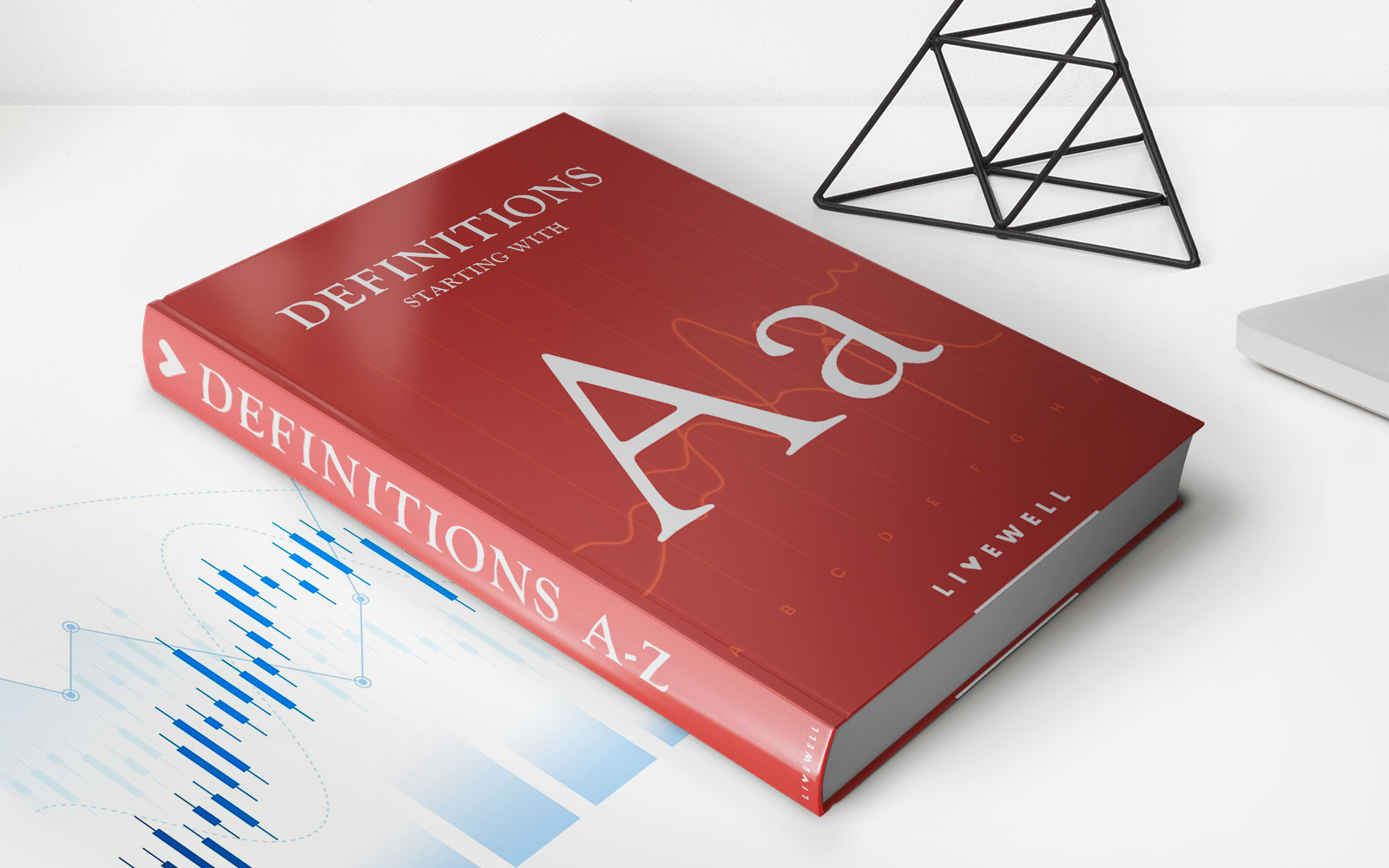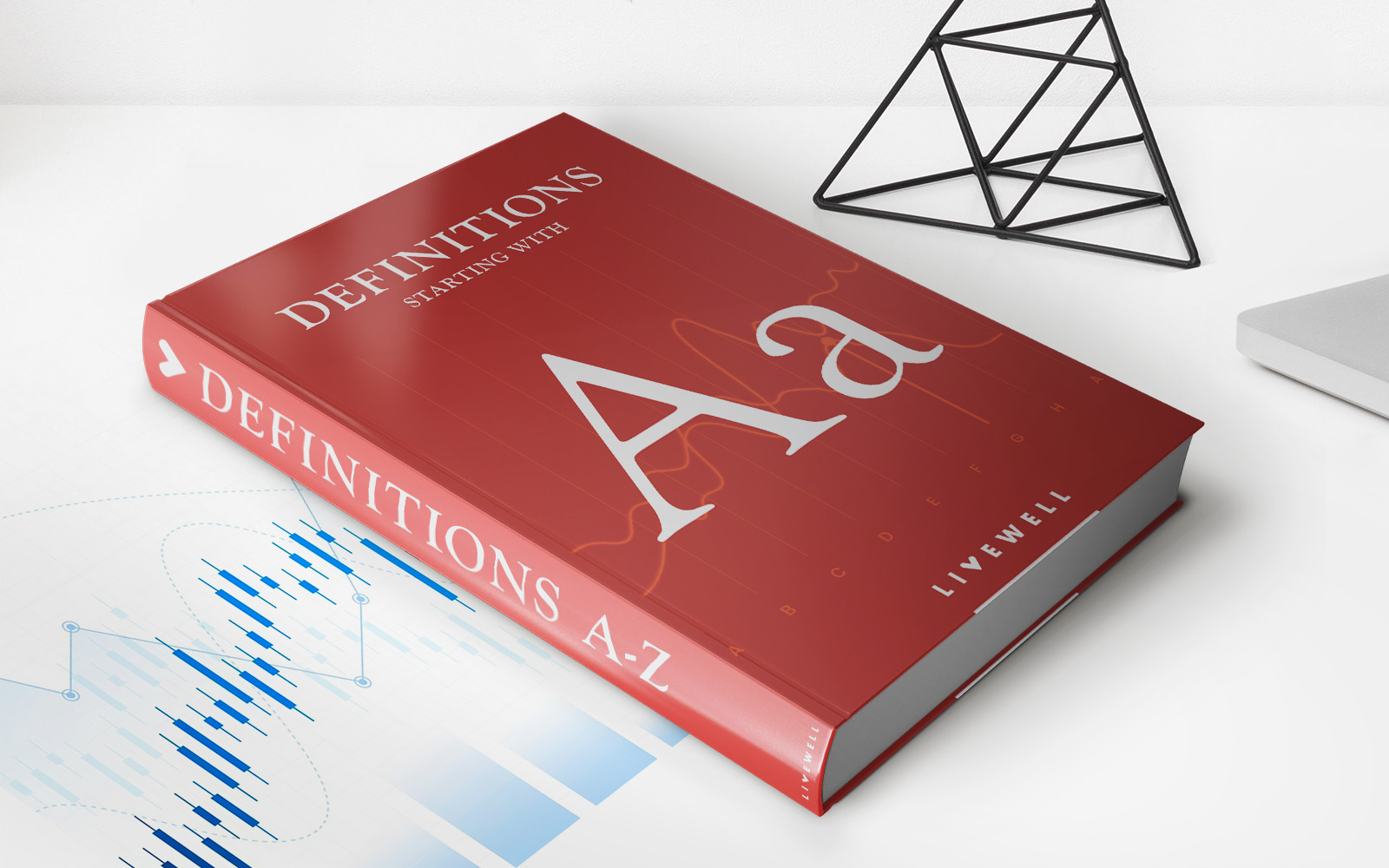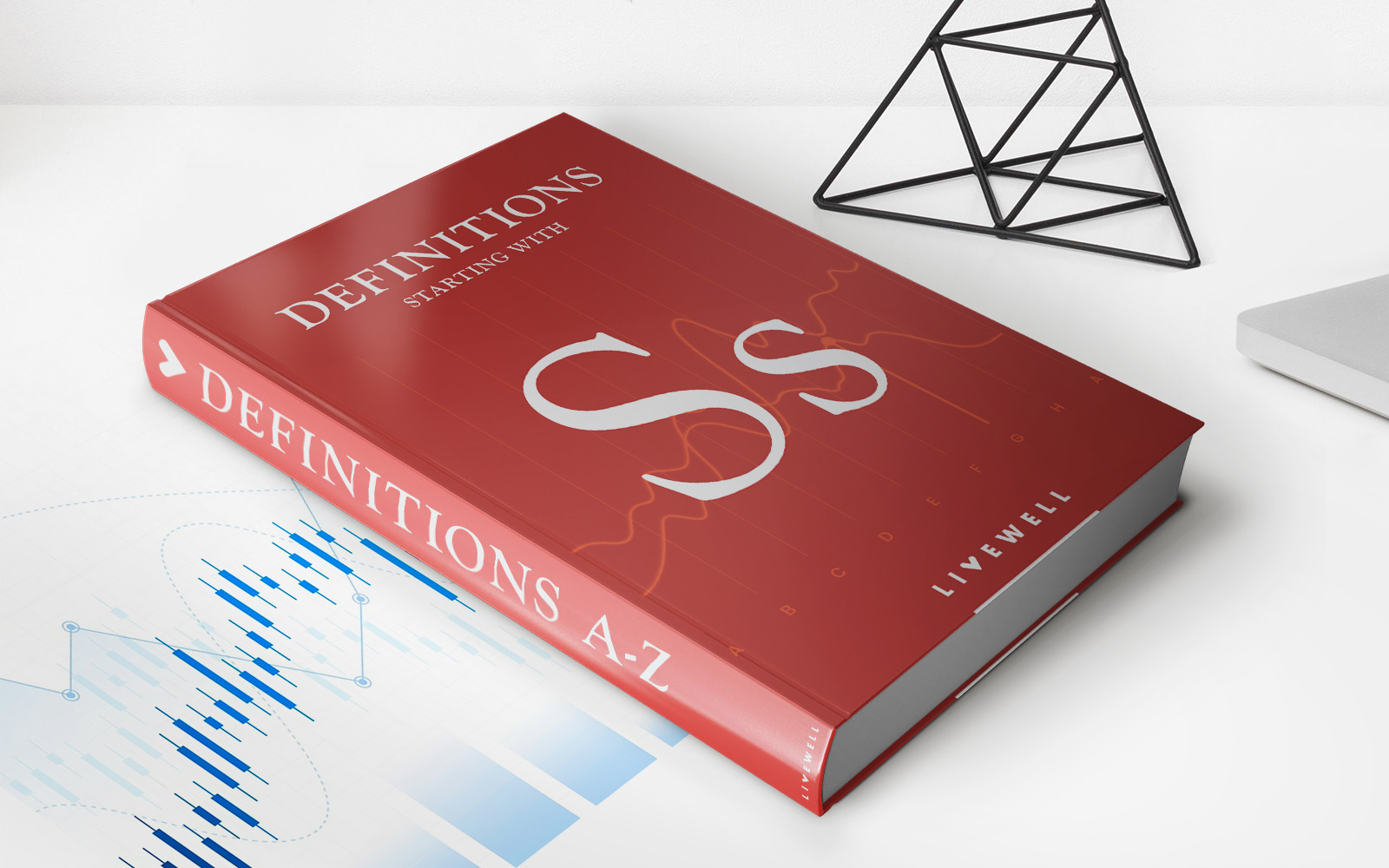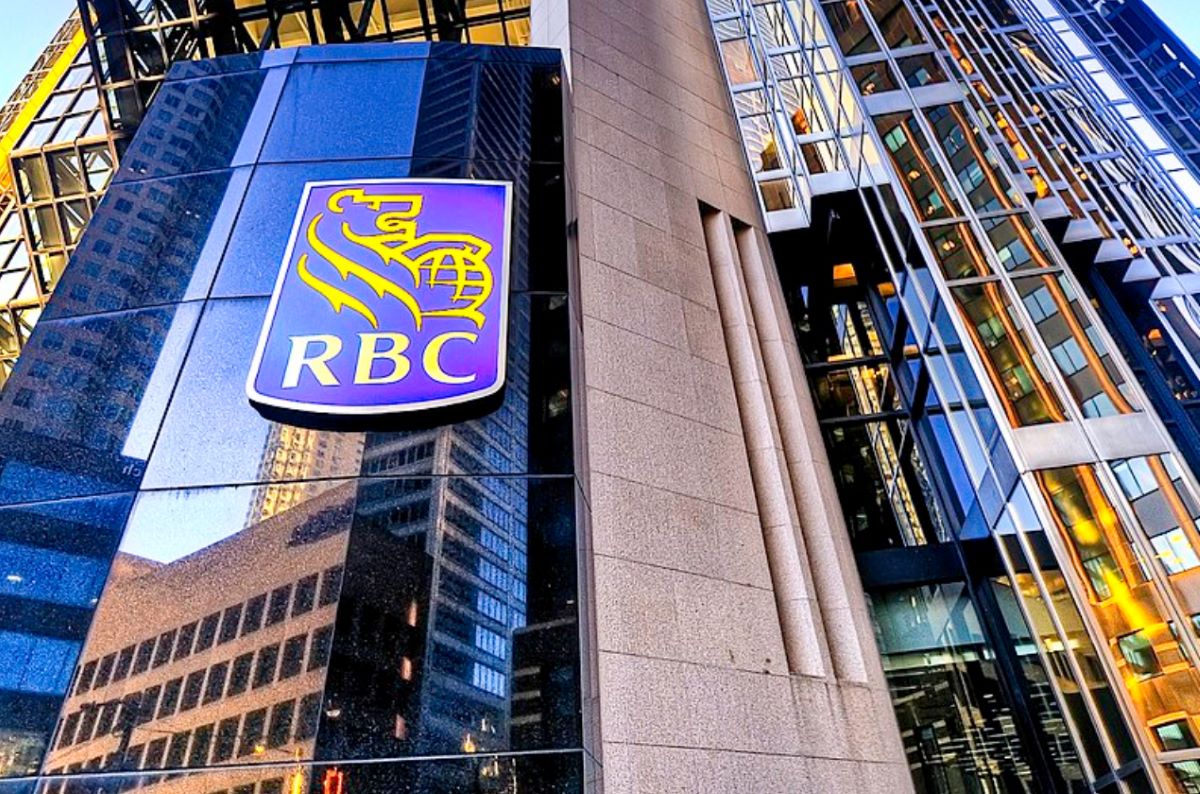

Finance
What Is Excess And Surplus Insurance?
Modified: February 21, 2024
Learn about excess and surplus insurance in the world of finance. Understand how this specialized coverage can protect your assets when traditional insurance options fall short.
(Many of the links in this article redirect to a specific reviewed product. Your purchase of these products through affiliate links helps to generate commission for LiveWell, at no extra cost. Learn more)
Table of Contents
- Introduction
- Definition of Excess and Surplus Insurance
- How Excess and Surplus Insurance Differs from Traditional Insurance
- Coverage Provided by Excess and Surplus Insurance
- Eligibility Criteria for Excess and Surplus Insurance
- Benefits of Excess and Surplus Insurance
- Risks and Challenges Associated with Excess and Surplus Insurance
- Market for Excess and Surplus Insurance
- Examples of Excess and Surplus Insurance Policies
- Conclusion
Introduction
Excess and surplus insurance, also known as E&S insurance, is a specialized type of coverage that fills the gaps left by traditional insurance policies. It offers solutions for unique risks and provides coverage for properties, events, or individuals that are not typically covered by standard insurance plans.
Unlike traditional insurance, which follows strict guidelines and underwriting standards, excess and surplus insurance offers flexibility and tailored coverage for high-risk or non-standard clients. This type of insurance is designed to meet the needs of individuals or businesses that may have unique risks or properties that do not fit into the standard insurance market.
Excess and surplus insurance plays a crucial role in the insurance industry by providing coverage for hard-to-place risks. It allows insurance companies to offer solutions to clients that cannot secure coverage through traditional channels. This specialized form of insurance provides a safety net for those who need coverage beyond what traditional insurers are willing to provide.
In this article, we will explore the definition of excess and surplus insurance and examine how it differs from traditional insurance. We will also delve into the coverage provided by excess and surplus insurance, the eligibility criteria for obtaining such coverage, and the benefits and challenges associated with this type of insurance. Furthermore, we will discuss the market for excess and surplus insurance and provide examples of policies that fall under this category.
Definition of Excess and Surplus Insurance
Excess and surplus insurance, also known as E&S insurance, is a specialized type of insurance coverage that is not available through standard insurance channels. It fills the gaps left by traditional insurance policies, providing coverage for risks that are considered too unique, complex, or high-risk for standard insurers to underwrite.
Unlike traditional insurance, which operates within the standard market and follows strict guidelines and underwriting criteria, excess and surplus insurance is tailored for non-standard risks. These risks may include properties with higher-than-normal liability exposures, businesses in high-risk industries, or individuals with unique insurance needs.
Excess and surplus insurance is made available through specialized insurance carriers that are referred to as “excess and surplus lines” or “non-admitted” carriers. These carriers are not subject to the same regulations and requirements as standard insurance companies, allowing them to take on more substantial risks and provide coverage that is not available in the standard market.
One important aspect of excess and surplus insurance is that it is not protected by state guarantee funds. This means that in the event of an insurer’s insolvency, claims under excess and surplus policies may not be covered by state guaranty associations. Consequently, it is crucial for policyholders to thoroughly assess the financial stability and reputation of the excess and surplus lines carriers before purchasing coverage.
In summary, excess and surplus insurance is a specialized form of coverage that fills the gaps left by traditional insurance. It offers tailored solutions for unique and high-risk risks that are not covered by standard insurance policies. By working with non-admitted carriers, policyholders can obtain the coverage they need when traditional insurance channels are unable to provide suitable options.
How Excess and Surplus Insurance Differs from Traditional Insurance
Excess and surplus insurance differs from traditional insurance in several key ways. While traditional insurance operates within the standard market, excess and surplus insurance fills the gaps left by traditional policies, providing coverage for risks that are considered too unique, complex, or high-risk for standard insurers to underwrite.
One of the primary differences between excess and surplus insurance and traditional insurance is the underwriting process. Traditional insurance carriers adhere to strict underwriting guidelines and criteria, focusing on insuring risks that fall within their standard appetite. These guidelines are designed to assess and price risks based on historical data and industry norms.
In contrast, excess and surplus insurance is not bound by the same underwriting restrictions. Non-admitted carriers that provide excess and surplus coverage have more flexibility in evaluating risks and setting rates. They often consider factors that may deviate from traditional underwriting standards, such as unique exposures, high-risk industries, or properties with complex liability issues.
Another major difference is that excess and surplus insurance policies are typically customized for the specific needs of the insured. Traditional insurance policies tend to follow standard policy forms and offer pre-determined coverage options. Excess and surplus insurance, on the other hand, allows for greater flexibility in tailoring coverage to meet the unique requirements of the insured.
Furthermore, excess and surplus insurance offers coverage that is not available in the traditional market. Traditional insurance carriers operate within regulated markets and are subject to state filing requirements. As a result, they may be limited in their ability to provide coverage for risks that fall outside of these regulated parameters. Excess and surplus insurance fills this gap by offering coverage for high-risk industries, non-standard properties, and unique liability exposures. It serves as a safety net for clients who are unable to obtain coverage through standard insurers.
In summary, excess and surplus insurance differs from traditional insurance in terms of underwriting flexibility, customization, and the types of risks it covers. It provides solutions for unique and high-risk risks that fall outside the scope of traditional insurance policies and allows for tailored coverage that meets the specific needs of the insured.
Coverage Provided by Excess and Surplus Insurance
Excess and surplus insurance provides coverage for risks that are considered too unique, complex, or high-risk for standard insurance policies. This specialized form of insurance offers a wide range of coverage options to meet the specific needs of the insured.
One of the key areas where excess and surplus insurance provides coverage is in the property sector. It offers coverage for properties that may be deemed high-risk or have unique characteristics, such as vacant buildings, properties with environmental concerns, or structures located in disaster-prone areas. Additionally, excess and surplus insurance can provide coverage for hard-to-value properties, such as historical buildings or properties with unique architectural features.
Excess and surplus insurance also offers coverage for businesses operating in high-risk industries. These industries may include construction, aviation, oil and gas, and entertainment, among others. These policies can provide general liability coverage, professional liability coverage, and other specialized coverage options tailored to the specific industry and risk exposures.
Furthermore, excess and surplus insurance can provide coverage for individuals with unique insurance needs. This can include high net worth individuals who require coverage for valuable assets such as artwork, jewelry, or luxury vehicles. It can also extend coverage to individuals involved in high-risk recreational activities, such as extreme sports or adventure tourism.
In addition to the specific risks mentioned above, excess and surplus insurance can also offer coverage for other non-standard risks that fall outside the scope of traditional insurance. This may include events or functions with unique requirements, such as concerts, festivals, or sporting events. It can also cover specialty vehicles, non-standard workers’ compensation risks, and other hard-to-place risks.
It’s important to note that the coverage provided by excess and surplus insurance is highly customizable. Policyholders have the ability to work with their insurance brokers and underwriters to tailor coverage to their specific needs. This allows for flexibility in addressing unique exposures and ensuring adequate protection.
In summary, excess and surplus insurance offers coverage for a wide range of risks that fall outside the scope of traditional insurance. It provides solutions for non-standard properties, high-risk industries, and individuals with unique insurance needs. The coverage offered is highly customizable, ensuring that policyholders can obtain the protection they require for their specific risks and exposures.
Eligibility Criteria for Excess and Surplus Insurance
Eligibility for excess and surplus insurance is based on several factors that differ from those of traditional insurance policies. While standard insurance carriers have strict guidelines and underwriting criteria, excess and surplus insurance allows for more flexibility in determining eligibility.
One of the primary factors that determine eligibility for excess and surplus insurance is the unique or high-risk nature of the risk being insured. Insurance carriers specializing in excess and surplus lines are typically willing to consider risks that standard insurers may find too challenging or outside their underwriting appetite. This can include non-standard properties, high-risk industries, or risks with complex liability issues.
In addition to the nature of the risk, eligibility for excess and surplus insurance can also be based on the applicant’s loss history. While traditional insurance carriers heavily rely on an applicant’s loss history to determine eligibility and pricing, excess and surplus carriers may be more forgiving in this regard. They may be willing to provide coverage to applicants with a less-than-ideal claims history, as long as the risk is properly assessed and appropriately priced.
Financial stability is also a critical factor in determining eligibility for excess and surplus insurance. Because excess and surplus carriers operate outside the regulated market, policies issued by these carriers are not protected by state guaranty funds. As a result, policyholders need to carefully assess the financial strength and reputation of the carrier before purchasing coverage. Insurance brokers who specialize in the excess and surplus market can play a crucial role in assisting policyholders in selecting reputable carriers.
Lastly, eligibility for excess and surplus insurance may also depend on the availability of coverage in the standard market. If an applicant is unable to secure coverage through traditional insurance channels due to the unique nature of their risk, they may be eligible for excess and surplus insurance. This type of coverage acts as a safety net for individuals or businesses that cannot obtain coverage through standard insurers.
In summary, eligibility for excess and surplus insurance is determined by factors such as the unique or high-risk nature of the risk, loss history, financial stability, and the availability of coverage in the standard market. While excess and surplus insurance offers more flexibility in terms of eligibility, it is essential for policyholders to work with experienced insurance brokers to ensure they are matched with reputable carriers that can meet their specific needs.
Benefits of Excess and Surplus Insurance
Excess and surplus insurance offers several key benefits for individuals and businesses that require coverage beyond what traditional insurance policies provide. These benefits make it a valuable option for addressing unique and high-risk insurance needs.
One of the primary benefits of excess and surplus insurance is its ability to offer coverage for risks that fall outside the scope of traditional insurance. This includes non-standard properties, high-risk industries, and individuals with unique insurance needs. By filling this gap in the market, excess and surplus insurance provides solutions for risks that would otherwise have difficulty securing adequate coverage.
Flexibility is another significant advantage of excess and surplus insurance. Unlike standard insurance policies that follow fixed guidelines and underwriting criteria, excess and surplus insurance allows for more tailored coverage. Policyholders have the ability to work with insurance brokers and carriers to create customized solutions that address their specific risks and exposures.
Another benefit of excess and surplus insurance is access to specialized expertise. Non-admitted carriers that offer excess and surplus insurance often have a deep understanding of niche industries and unique risks. This expertise allows them to effectively assess and underwrite risks that standard insurers may not have the experience or knowledge to handle. Policyholders can benefit from the carrier’s specialized knowledge and guidance throughout the insurance process.
Additionally, excess and surplus insurance can provide higher coverage limits than traditional insurance policies. This is especially valuable for risks with significant exposure or assets that require higher levels of protection. By offering higher limits, excess and surplus insurance ensures that policyholders have sufficient coverage in the event of a catastrophic loss.
Moreover, excess and surplus insurance can offer worldwide coverage. This can be particularly beneficial for businesses or individuals with global operations or exposures. Whether it’s a property located overseas or liability risks in international territories, excess and surplus insurance can provide the necessary coverage to protect against potential losses.
In summary, the benefits of excess and surplus insurance include offering coverage for risks outside the scope of traditional insurance, providing flexibility in tailoring coverage, access to specialized expertise, higher coverage limits, and the ability to provide worldwide coverage. These benefits make excess and surplus insurance a valuable solution for individuals and businesses with unique and high-risk insurance needs.
Risks and Challenges Associated with Excess and Surplus Insurance
While excess and surplus insurance offers unique advantages, there are also risks and challenges associated with this specialized form of coverage. Understanding these risks is important for individuals and businesses considering excess and surplus insurance.
One of the primary risks is the lack of regulatory protections. Excess and surplus insurance is provided by non-admitted carriers, which are not subject to the same regulations and oversight as standard insurance companies. This means that if an excess and surplus carrier becomes insolvent, policyholders may not be protected by state guaranty associations. Therefore, it is crucial to carefully evaluate the financial strength and reputation of the carrier before purchasing coverage.
Additionally, excess and surplus insurance policies often come with higher premiums compared to standard insurance policies. This is because excess and surplus coverage is designed for higher-risk or non-standard risks, which typically have a greater chance of incurring losses. As a result, policyholders should carefully weigh the cost of premiums against the level of coverage and risk protection they require.
Another challenge is the limited availability of excess and surplus insurance in certain regions or for certain risks. While excess and surplus insurance fills the gaps left by traditional insurance, there may still be situations where coverage is not readily available. This can be due to regulatory constraints, lack of carrier appetite for certain risks, or other market factors. Policyholders may need to work closely with experienced insurance brokers to find an appropriate carrier that can meet their specific needs.
Furthermore, the terms and conditions of excess and surplus insurance policies can be more complex compared to standard insurance policies. This is because excess and surplus coverage often involves unique risks or exposures that require specialized underwriting. Policyholders must thoroughly review and understand the terms, exclusions, and limits of their policies to ensure they have adequate coverage and are aware of any potential gaps or limitations.
In summary, risks and challenges associated with excess and surplus insurance include the lack of regulatory protections, higher premiums, limited availability of coverage, and the complexity of policy terms and conditions. It is essential for individuals and businesses considering excess and surplus insurance to carefully evaluate these factors and work with experienced insurance professionals to mitigate any potential risks.
Market for Excess and Surplus Insurance
The market for excess and surplus insurance plays a vital role in providing coverage for risks that fall outside the scope of traditional insurance policies. It serves as a valuable alternative for individuals and businesses that have unique or high-risk insurance needs.
The excess and surplus insurance market is comprised of specialized carriers commonly referred to as “excess and surplus lines” or “non-admitted” carriers. These carriers are distinct from standard insurance companies and operate outside the regulated market. They have the flexibility to underwrite risks that standard insurers may find too challenging or outside their underwriting appetite.
In the excess and surplus market, insurance brokers play a crucial role in connecting policyholders with carriers that are willing to provide coverage for their specific risks. These brokers have extensive knowledge of the excess and surplus market and work closely with carriers to understand their underwriting requirements and capacity. They assist policyholders in navigating the complexities of excess and surplus insurance and help them secure the coverage they need.
The excess and surplus market is dynamic and responsive to market needs. It adapts quickly to emerging risks and changing market conditions. This flexibility allows excess and surplus carriers to provide coverage for unique or non-standard risks that may arise due to advancements in technology, changes in industries, or new emerging trends.
The market for excess and surplus insurance is diverse, catering to a wide range of industries and individuals. It provides coverage for high-risk industries such as construction, aviation, and energy, as well as non-standard properties, high net worth individuals, and special events. This market is particularly valuable for businesses operating in niche or specialized industries that require specialized coverage tailored to their unique risks and exposures.
Furthermore, the excess and surplus market can expand opportunities for insurers and reinsurers. Traditional insurance companies can tap into the excess and surplus market to extend their underwriting capabilities and offer coverage for non-standard risks without compromising their standard market operations. Reinsurers can also participate in excess and surplus risk transfer, providing additional capacity to carriers in this market segment.
In summary, the market for excess and surplus insurance consists of specialized carriers that provide coverage for risks outside the scope of traditional insurance policies. With the assistance of knowledgeable insurance brokers, policyholders can access tailored coverage that meets their specific needs. The market is responsive to emerging risks and provides opportunities for insurers and reinsurers to expand their underwriting capabilities.
Examples of Excess and Surplus Insurance Policies
Excess and surplus insurance policies offer coverage for a wide range of risks that do not fit within the parameters of traditional insurance. These policies are designed to meet the unique needs of individuals and businesses that require specialized coverage. Here are some examples of excess and surplus insurance policies:
- Vacant Property Insurance: This policy provides coverage for properties that are vacant, unoccupied, or undergoing renovations. Traditional insurers may be hesitant to provide coverage for vacant properties due to increased risk of vandalism, damage, or liability issues. Excess and surplus insurance fills this gap by offering tailored coverage for vacant properties.
- High-Risk Liability Insurance: Excess and surplus insurance offers liability coverage for businesses operating in high-risk industries such as construction, aviation, or manufacturing. These policies provide protection against third-party bodily injury, property damage, or product liability claims that are associated with the unique risks of these industries.
- Cyber Liability Insurance: With the increasing risk of cyber threats, excess and surplus insurance provides specialized cyber liability coverage. This policy offers protection against data breaches, computer fraud, loss of personally identifiable information, and other cyber-related risks that may not be adequately covered by traditional insurance.
- Professional Liability Insurance: Also known as errors and omissions (E&O) insurance, professional liability coverage provides protection for professionals in various fields such as medical professionals, consultants, or architects. Excess and surplus insurance can offer customized professional liability policies to address the specific risks and exposures faced by these professionals.
- Special Event Insurance: This type of policy provides coverage for one-time events such as concerts, festivals, or exhibitions. Excess and surplus insurance can protect event organizers against liability claims, property damage, cancellation due to unforeseen circumstances, or other risks associated with organizing and hosting special events.
These examples illustrate the diverse range of risks covered by excess and surplus insurance policies. From vacant properties to high-risk industries and specialized events, excess and surplus insurance provides tailored solutions for non-standard risks that fall outside the scope of traditional insurance policies.
Conclusion
Excess and surplus insurance fills a crucial role in the insurance industry by providing coverage for unique and high-risk risks that fall outside the scope of traditional insurance. It offers tailored solutions for individuals and businesses that require specialized coverage options.
Throughout this article, we have explored the definition of excess and surplus insurance and how it differs from traditional insurance. We have discussed the coverage provided by excess and surplus insurance for non-standard properties, high-risk industries, and individuals with unique insurance needs.
Eligibility for excess and surplus insurance is based on the unique or high-risk nature of the risk, loss history, financial stability, and the availability of coverage in the standard market. Policyholders have the advantage of working with insurance brokers who specialize in the excess and surplus market to navigate the complexities and find reputable carriers.
The benefits of excess and surplus insurance include offering coverage for risks not covered by the standard market, flexibility in tailoring coverage, access to specialized expertise, higher coverage limits, and worldwide coverage options.
However, it is essential to be aware of the risks and challenges associated with excess and surplus insurance, such as the lack of regulatory protections, higher premiums, limited availability of coverage, and complex policy terms and conditions. Thorough evaluation and working with experienced insurance professionals can help mitigate these risks.
The market for excess and surplus insurance consists of specialized carriers that provide coverage for risks outside the scope of traditional insurance. These carriers offer opportunities for insurers and reinsurers to expand their underwriting capabilities and provide tailored solutions for non-standard risks.
In conclusion, excess and surplus insurance plays a vital role in meeting the insurance needs of individuals and businesses with unique and high-risk exposures. It fills the gaps left by traditional insurance and offers customized coverage options. By working with knowledgeable insurance professionals, policyholders can access the specialized coverage they need to protect against unforeseen risks.
